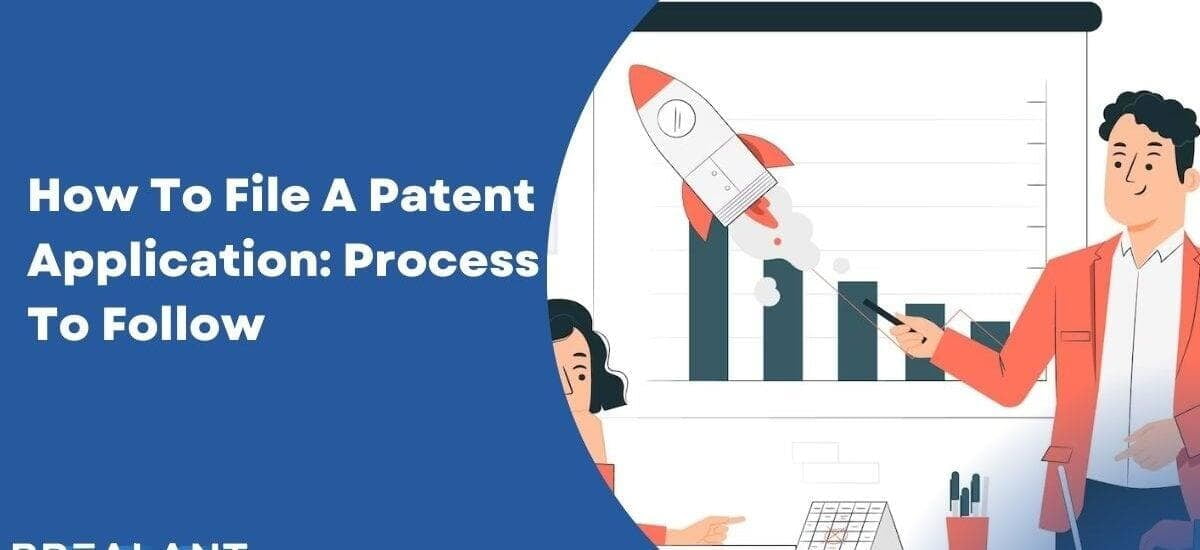
Patents, trademarks, and copyrights are essential investments for inventors who protect their inventions from other parties using them and making a profit from them. However, filing a patent or trademark for your invention is complex and requires time and patience. If you feel a patent is the proper IP protection for your property, you must know the steps and procedure to file the same. This blog will help you understand how to file a patent for your intellectual property.
The type of patent you need
Before knowing how to file a patent, you must decide which type of patent you need to choose to protect your invention. The different types of patents are:
- Utility (Non-provisional) Patent: An inventor who has invented a product or service or anything needs a utility patent to protect his invention. A utility patent protects your property till it is in effect.
- Provisional Patent: If you want to protect your property or invention while you are working or develop can go for this type of patent. This patent allows you to work on your development process for 12 months, and then you can file a utility patent.
- Design patent: If you are from the fashion industry or other similar fields and need to protect your product’s appearance or design, the design patent is the right choice for you.
- Plant patent: Plant patents are granted to those who discover or produce a new variety of plants asexually.
How to file a patent: Learn about Patent Costs.
Patent cost includes filing fees, lawyer fees, and drawing fees. The filing fees of USPTO (United States Patent and Trademark Office) depend on the type of patent you choose for protecting your property.
A utility or a non-provisional patent can cost from $5,000 (for a simple invention) to more than $16,000 ( for a highly complex or software-related invention).
A provisional patent can cost from $2,500 to $6,000, depending on the type of your invention. A design patent cost can range from $2,500 to $3,000, and a plant patent ranges from $4,660 to $7,620.
In addition to the above filing fees, the other costs associated with patent filing include Patent search, patent prosecution, maintenance, drawing, and examiner fees.
Filing a patent involves understanding the USPTO’s rules and laws and the scientific regulations associated with the invention. If you are familiar with these things, you can file the patent on your own, or you can also hire a patent attorney or agent to seek help from them to file a patent for your invention.
Initial application submission
If you are done with the previous procedure, the next step would be submitting the initial application with the parts required. You can submit your initial application online through the USPTO’s EFS (electronic filing system). It is essential to check whether you have filled in the specifications correctly, as you cannot edit or add anything once it is submitted to the USPTO.
After submission, you will be notified when your application has been accepted. Once it is accepted, you will be assigned an examiner. The examiner will check and review your application and tell whether it meets the requirements. If your application fails to meet the requirements, you will be asked to make changes before the stipulated time. Your application may be accepted if you respond to the examiner within the instructed time.
Receiving Patent Application Approval
If your patent application meets all the requirements, you will be assigned a notice of allowance. The notice of allowance contains the issue and publication fees, which should be paid before the patent is issued. You will be assigned a patent number and issue date, which will be mailed once USPTO processes the issue fee.
Patent Maintenance
Once your patent has been approved, you will receive your patent within four weeks from the date of issue payment. After that, you may be required to pay maintenance fees to maintain your patent beyond 4, 8, and 12 years after the issue date of your patent. You must pay the maintenance fee within a specified time to ensure your patent stays active.
To sum up
Filing a patent to protect your invention requires much patience as it may take an extended period. Generally, it may also take a year to hear the first response from USPTO. By carefully going through the above steps, you may have learned how to file a patent for your invention. By confidently following the above procedures with patience, you can successfully file a patent for your invention and protect it from other parties using it without your permission.

